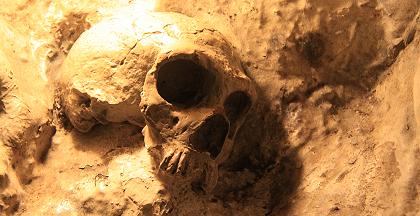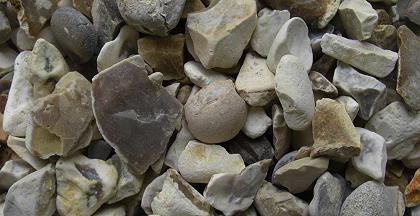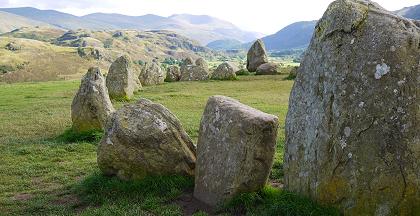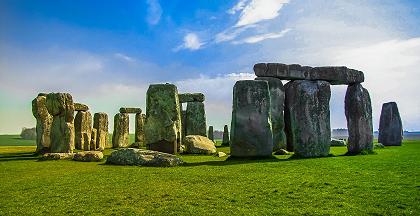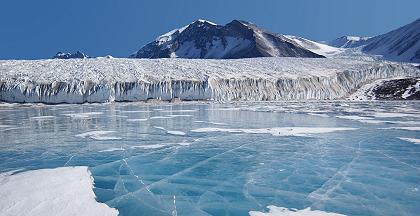Prehistory History Articles
Prehistory covers the vast epochs before written records, showcasing humanity’s earliest developments in tool-making, art, and survival. From cave paintings to primitive societies, it offers insights into the dawn of human civilization and our shared roots.
Death in the Stone Age
The way people deal with their dead can tell us a lot about them. It can tell us if they can think on an abstract level, whether they understand the concept of death (that it is final and irreversible rather than thinking simply ‘that person was there, and now they’re not’), and that they can think deeply about a person, their life and death.
The Stone Age: an Introduction
The Stone Age is the name given for human prehistory (that happened before history, that’s not written down) from the first humans who used tools through to the use of metal. It is called the Stone Age because much of the physical evidence left behind by humans (apart from bones and some monuments) is stone tools.
The Chronology of the Stone Age
The Stone Age is the period of human history that covers the time from when humans first started using stone tools through to when they started using metallic tools. The term ‘Stone Age’ is somewhat arbitrary, as it suggests that humans used nothing other than stone tools.
Stonehenge: Trying to Understand the Mystery
Stonehenge is a famous, but little understood, stone circle just outside Amesbury in Wiltshire. It is also more than just a stone circle, with a ritual landscape spreading out from it in every direction. Within this landscape, there are a number of other earthworks, cursuses, timber circles, henges, ditches, and long and round barrows.
A Brief History of Climate Change
Climate changed dramatically during the Stone Age, from warmer than today to much colder. There were a number of ice ages, where glaciers expanded down from the north and sometimes covered much of Britain, making it impossible to live there.

